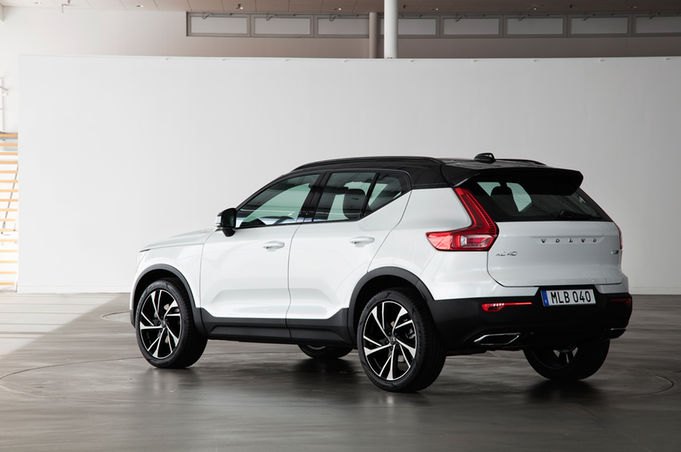The Six Vehicles That Wildly Outdid Reasonable Sales Expectations in America in August 2020
Gauging economic health during the latter stages of 2020 is proving remarkably challenging. On the one hand, there’s grievous unemployment caused by COVID-19 shutdowns; on the other hand, bicycle sales are booming and backyard pool installations skyrocketed. Contrast the fact that the Dow Jones isn’t far from its six-month high with a 32 percent U.S. GDP loss in Q2.
The same sort of diametrically opposed outcomes are visible in the U.S. auto industry, as well. Only a handful of automakers still report monthly sales figures – Honda, Hyundai, Kia, Mazda, Subaru, Toyota, Volvo – yet within those brands there were remarkably different results coming out as we exit the summer. We wanted to find the vehicles that destroyed reasonable recovery rates in August with significant year-over-year improvements. But we didn’t expect them all to originate from the same two automakers.
To get a clear gauge on the biggest overperformers, we excluded vehicles that didn’t produce at least 500 sales in August 2020, the kind of volume that should eliminate the wild fluctuations of severely low-volume models. Vehicles that are new to market or returning from hiatus (say hello to the second-generation Toyota Venza) are ineligible, as well.
Sales at the 10 remaining reporting brands are down 19 percent through the first two-thirds of 2020 and were still off last year’s pace by 18 percent in August 2020. Yet within those showrooms, there were six models that, despite everything that’s wrong with 2020, sold in far greater numbers last month than during the same period one year ago.
Timothy Cain is a contributing analyst at The Truth About Cars and Driving.ca and the founder and former editor of GoodCarBadCar.net. Follow on Twitter @timcaincars and Instagram.
More by Timothy Cain
Latest Car Reviews
Read moreLatest Product Reviews
Read moreRecent Comments
- Probert They already have hybrids, but these won't ever be them as they are built on the modular E-GMP skateboard.
- Justin You guys still looking for that sportbak? I just saw one on the Facebook marketplace in Arizona
- 28-Cars-Later I cannot remember what happens now, but there are whiteblocks in this period which develop a "tick" like sound which indicates they are toast (maybe head gasket?). Ten or so years ago I looked at an '03 or '04 S60 (I forget why) and I brought my Volvo indy along to tell me if it was worth my time - it ticked and that's when I learned this. This XC90 is probably worth about $300 as it sits, not kidding, and it will cost you conservatively $2500 for an engine swap (all the ones I see on car-part.com have north of 130K miles starting at $1,100 and that's not including freight to a shop, shop labor, other internals to do such as timing belt while engine out etc).
- 28-Cars-Later Ford reported it lost $132,000 for each of its 10,000 electric vehicles sold in the first quarter of 2024, according to CNN. The sales were down 20 percent from the first quarter of 2023 and would “drag down earnings for the company overall.”The losses include “hundreds of millions being spent on research and development of the next generation of EVs for Ford. Those investments are years away from paying off.” [if they ever are recouped] Ford is the only major carmaker breaking out EV numbers by themselves. But other marques likely suffer similar losses. https://www.zerohedge.com/political/fords-120000-loss-vehicle-shows-california-ev-goals-are-impossible Given these facts, how did Tesla ever produce anything in volume let alone profit?
- AZFelix Let's forego all of this dilly-dallying with autonomous cars and cut right to the chase and the only real solution.








































Comments
Join the conversation
Volvo may be showing a big increase year-over-year, but they are still selling tiny numbers of cars. So why does it really matter? Hopefully they are selling enough to stay around for a while. I'm all for driving things you don't see 25 of in every parking lot though.
Kia is the next Toyota.